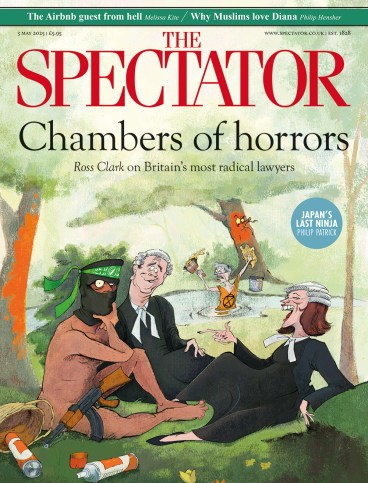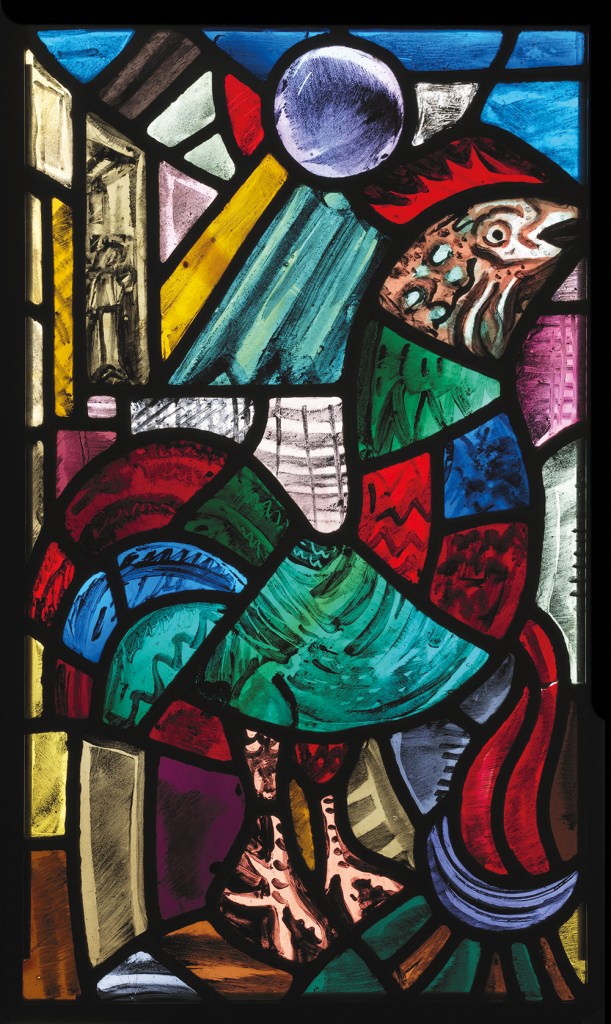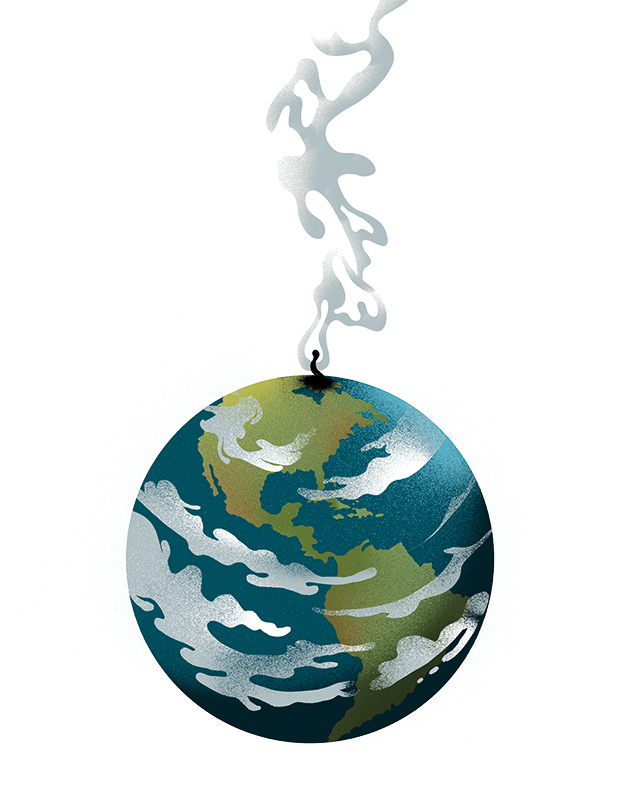
In 1921, the sternly abstract cubist Albert Gleizes opened the door of his Parisian apartment to two young women in their twenties, the Irish artists Evie Hone and Mainie Jellett. They explained that they wanted him to teach them his method of ‘extreme cubism’. He wasn’t sure that he had a method, nor whether it was teachable. They were inexorable. Their gentle voices and their tenacity, he wrote later, terrified him, and he capitulated. They had accepted his pronouncements on ‘painting without subject’; now they wanted to know how.
They were to be trailblazers for modernism in the newly independent Ireland, Jellett as a painter and Evie as both painter and artist in stained glass – the striking east window in Eton College is her work. And from their first meeting at the Westminster School of Art, where they studied with Walter Sickert, to Jellett’s early death in 1944, they remained friends (hence the subtitle to this wonderful exhibition: The Art of Friendship). It’s just over a century since their last and only joint exhibition in Dublin in 1924, which attracted baffled derision from the critics… Well, the women have had the last laugh.
Their unique vision came from a fascinating mix of influences: Dublin Protestantism, Celtic art, a solid grounding in figurative painting, Sickert, Parisian abstraction and, in Hone’s case, exposure to the early Renaissance and Ravenna mosaics in Italy. Jellett also learnt how to paint curvy horses and curlicues from a 1935 Royal Academy show of Chinese art. She was a musician, too, and deployed colour and light as if they were melody and harmony. Light is especially potent in her wonderful, Blakeish ‘I Have Trodden the Winepress Alone’ (1943). Hone, meanwhile, admired Georges Rouault whose heavy lines translated well into stained glass.
Then there’s the women’s personalities: nicely brought up, profoundly Christian and steely. Hone was the gentler character; she tried a vocation as an Anglican nun in Cornwall before becoming a Catholic. One of her arms was damaged by polio when she was 12; she could have been an invalid. Instead, she cracked on with her painting, then stained glass – there’s a fascinating film clip of her at work.
Their encounter with Gleizes (after a stint with the less rigorous André Lhote) is where the show begins: he held that the business of art was to make a flat surface live, and boy, do these canvases live. One reason they gravitated to Gleizes was that his work reminded them of 17th-century Irish religious art, and that same emphasis on ‘the realities of form and colour’, as Hone put it, is evident in their own work. Their Paris paintings are hard to tell apart – though the received wisdom is that Hone was the finer colourist. But what the critic Bruce Arnold said of Jellett is true of them both:
Jellett and Hone were to be trailblazers for modernism in the newly independent Ireland
Many of her abstracts are built up from a central ‘eye’ or ‘heart’ in arcs of colour, held up and together by the rhythm of line and shape, and given depth and intensity – a sense of abstract perspective – by the basic understanding of light and colour.
Even their abstract work, however, has a figurative element: Hone’s ‘Abstract’ (1929) is suggestive of a Madonna and Child and Jellet’s ‘Abstract [22]’ (1924) resembles those early Renaissance nativities in which there’s more than one story being told on the canvas.
This show covers their Paris period, their religious work that drew on the form and colour elements of Fra Angelico and Giotto, designs for a screen and rugs, along with a jolly poster by Jellett for Windsor & Newton. There’s also a fun promotional map of Ireland commissioned from her by the Irish government in 1938 for a mural at the Irish pavilion at the Glasgow Empire Exhibition (the state made good use of them); roundels show everything from pylons to pig rearing… the image of a forward-looking nation.
Gleizes held that the business of art was to make a flat surface live, and boy, do these canvases live
Hone’s stained-glass pieces are lit from behind and shine like bright jewels – in one, the stones by the road seem like so many rubies and amethysts like old Irish cloisonné. It’s a rare pleasure to encounter stained glass at eye level where we can revel in the bright colours and the vivacity of her painting. The perky rooster here – the cock that crowed after Peter’s betrayal of Christ – sitting on a brazier, lights up the room (see below).

They were Irish artists, grounded in place, and there are some fine landscapes, abstract and realist. In her book An Approach to Painting (1942), Jellett observed: ‘The art of a nation is one of the ultimate facts by which its spiritual health is judged and appraised by posterity.’ Thanks not least to these two women, the young Irish state passes that test triumphantly.









Comments